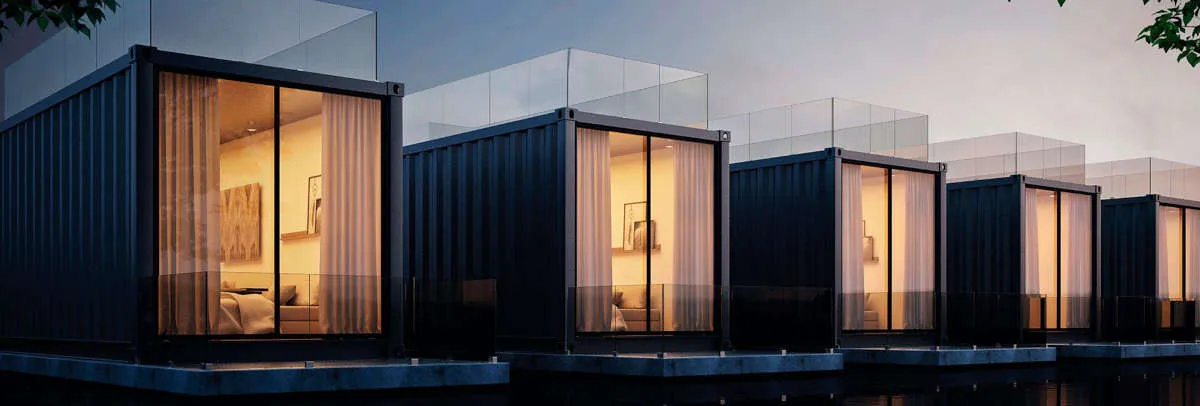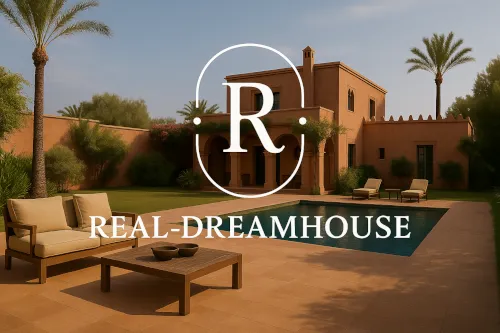
Real estate news in Marrakech
Discover our latest news about Marrakech
Welcome to the Real-Dreamhouse blog, your trusted guide to understanding the Moroccan real estate market and the art of living in Marrakech. Our team of local experts is here to support you in all your projects, whether it's a strategic real estate investment or a deep cultural exploration of the Red City.
Our specialists share their on-the-ground expertise through in-depth analyses of the local real estate market, presentations of up-and-coming neighborhoods, and personalized advice to secure your property transactions. We break down market trends, identify investment opportunities, and guide you through the administrative process.
Contact us for a free valuation of your property!
Get a free and reliable valuation of your property in Marrakech, carried out by our local experts.


